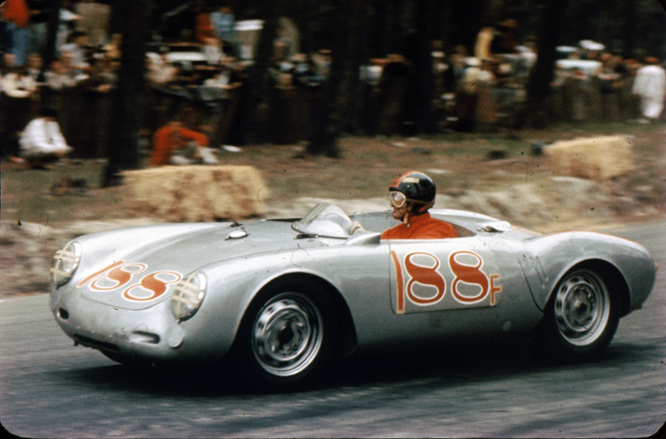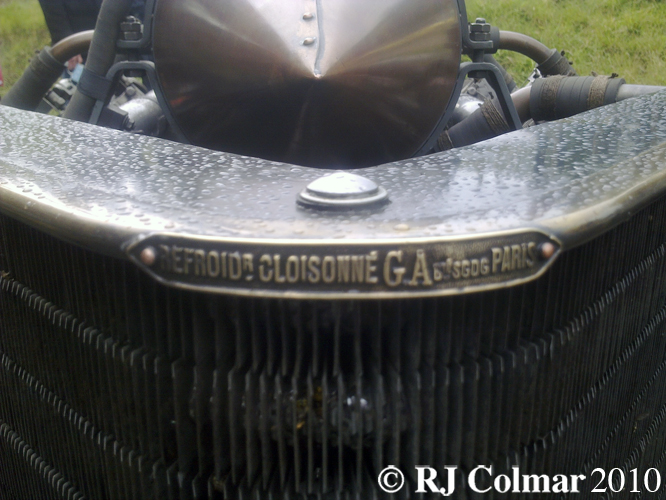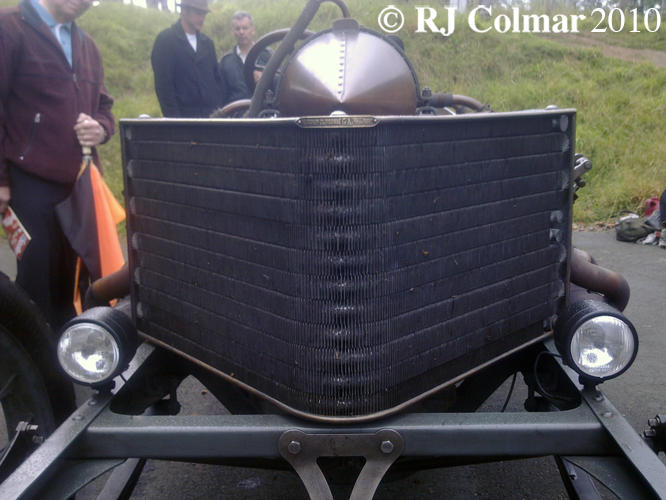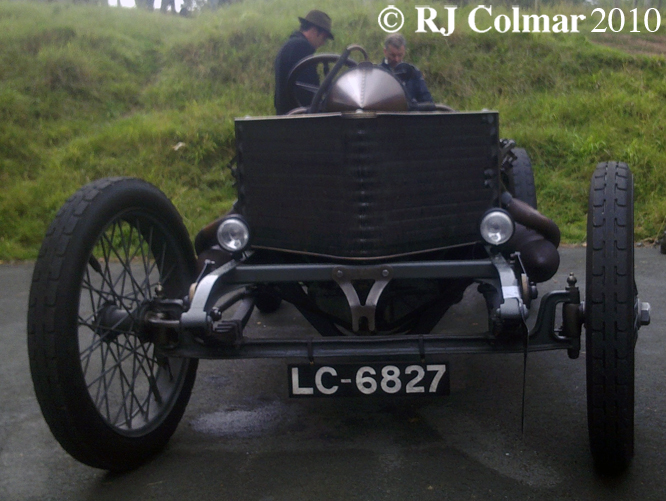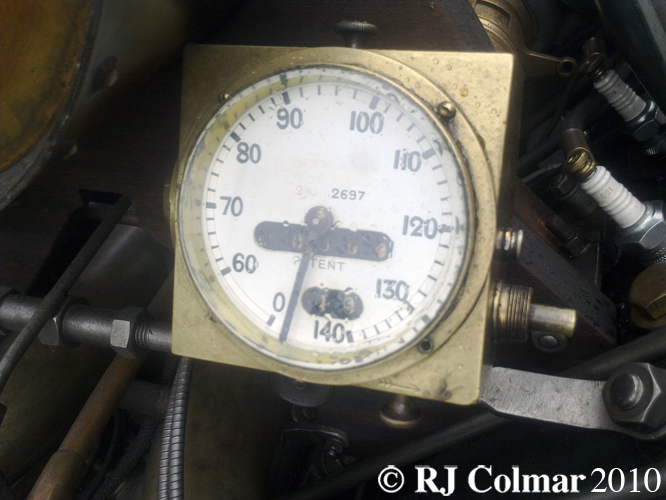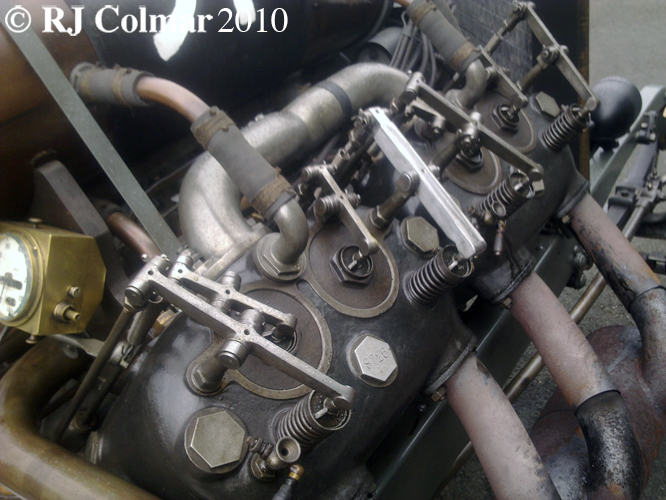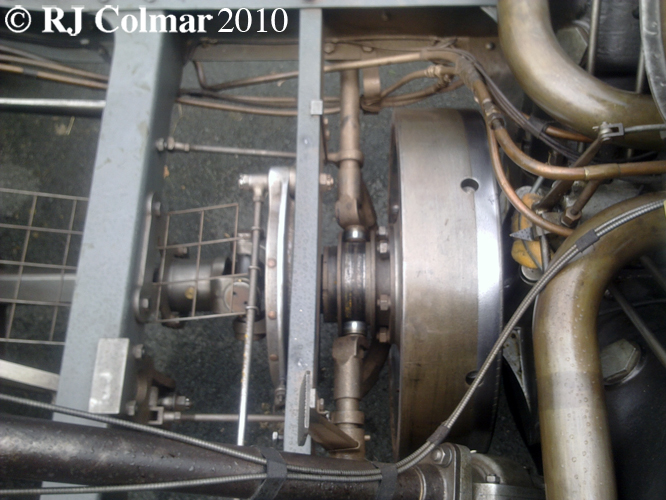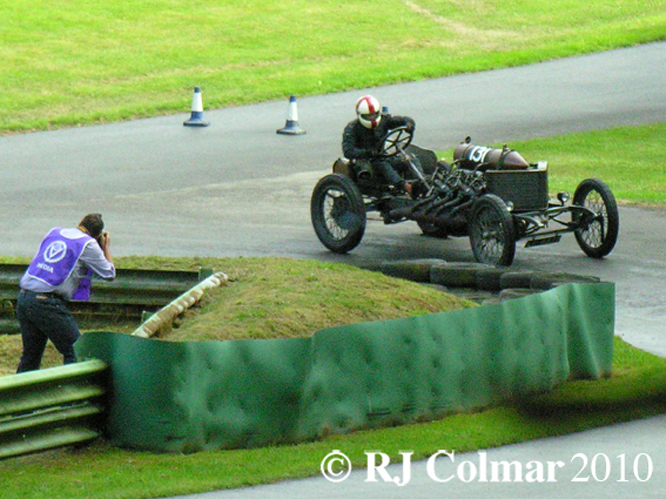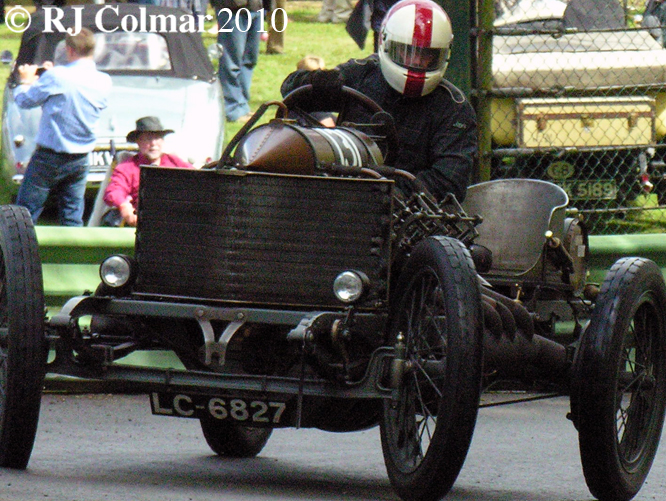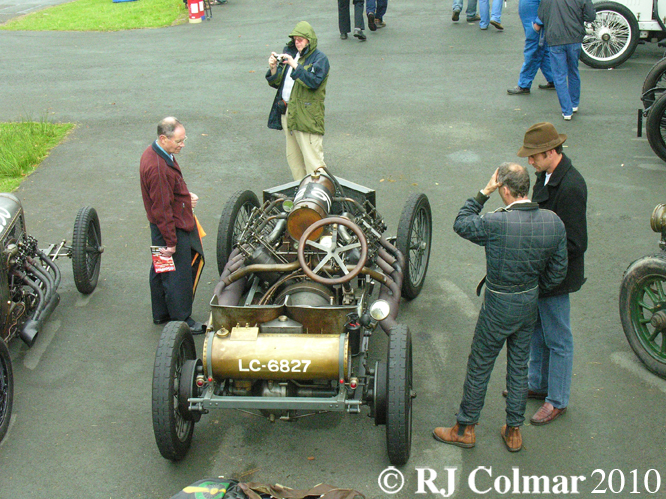These day’s if one had just £500 to spare it would probably not be too difficult to scan a few classified car ads and find a car that was still capable of reaching 150 mph.
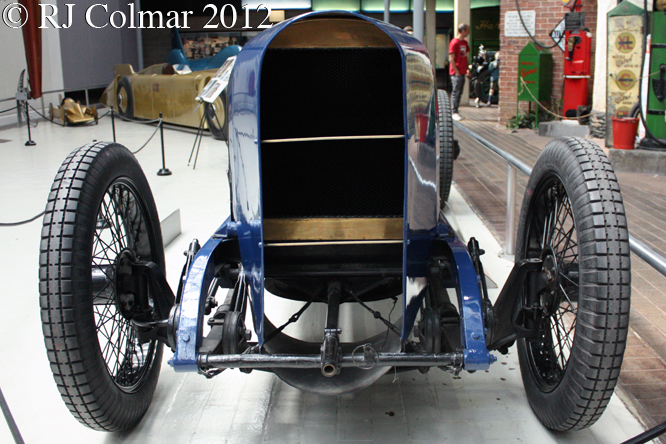
When Sunbeam’s chief engineer and racing team manager Louis Coatalen conceived today’s featured Sunbeam V12 in 1920 the World Land Speed Record stood at 124.09mph / 199.70kph set by Lydston Hornsted driving a 200hp Benz at Brooklands in June 1914.
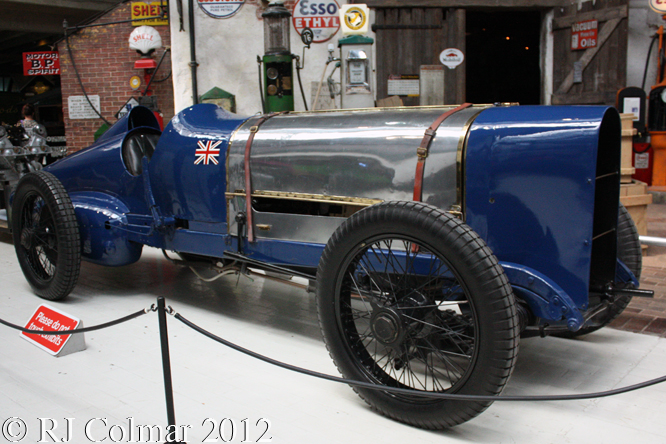
Louis’s idea was to fit a 350 hp 18.3 litre / 1116 cui V12 Sunbeam Manitou V12 aero engine in to a chassis and clad the vehicle in the most aerodynamically slippery shape that could be devised.
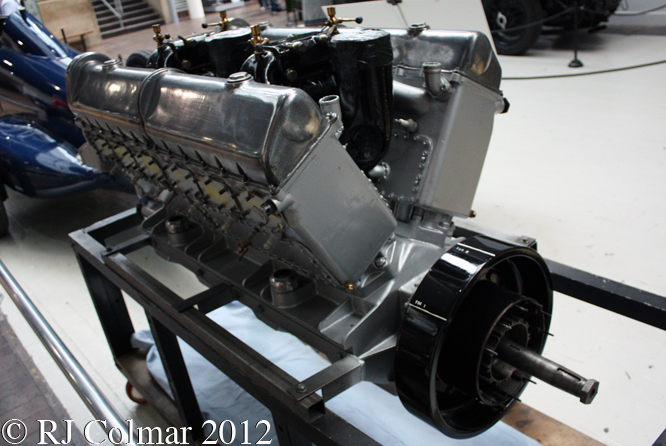
Harry Hawker was given the task of driving the Sunbeam V12 at two Brooklands race meetings in 1920, but the car suffered from damage after a tyre blew on the Whitsun Weekend and then could not start after the engine stalled in August, but René Thomas drove the car to a new 108 mph course record on the Gaillon Hill Climb in France.
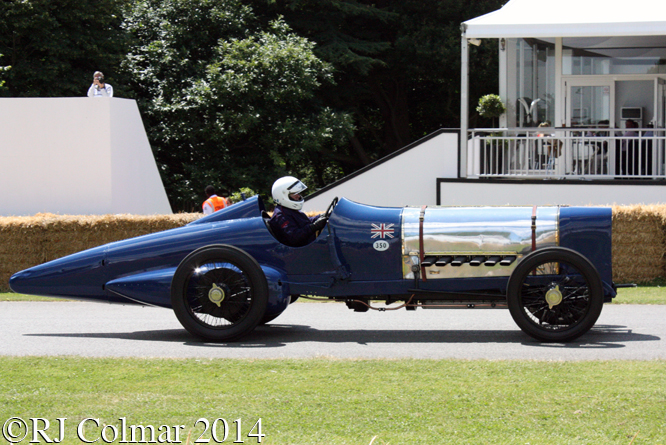
In 1921 Kenelm Lee Guinness drove the car at Brooklands recording a top speed of 140 mph and an average lap speed of 116 mph at the Autumn meeting, the following year Kenelm set a one way flying kilometer record of 133 mph, but this was never recognised as a World Land Speed record for which the speed is determined by the average of two runs in opposite directions.
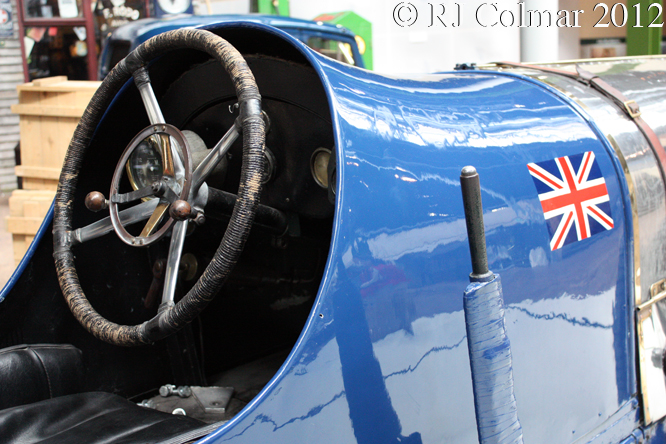
Malcolm Campbell borrowed the Sunbeam V12 to compete in the 1923 Saltburn Speed Trials and recorded a one way run of 138 mph which was enough to convince him that he should purchase the car for further Land Speed Record attempts in 1924.
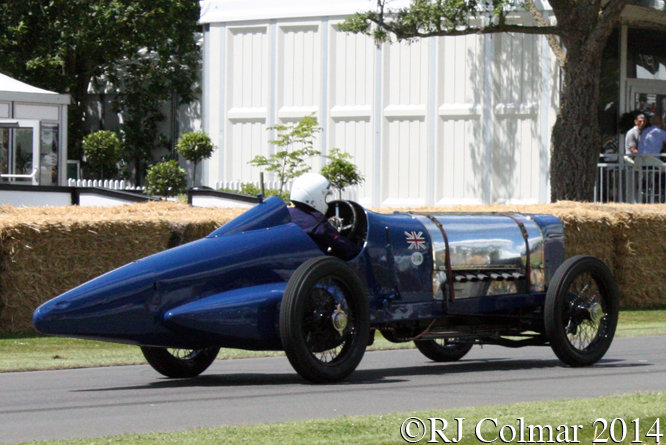
After Ernest Eldridge raised the official Land Speed Record to just over 145 mph aboard the FIAT Mephistopheles, a vehicle I shall be looking at next week, in June 1924 at in Arpajon in France, Malcolm took his now blue and silver, previously green and silver, Sunbeam to the Pendine Sands in September 1924 and recorded a two way average speed of just over 146 mph for his and the Sunbeams first World Land Speed Record.
In July 1925 the combination returned to Pendine Sands and raised the World Land Speed Record to 150.87 mph / 242.80 kph a record that stood for just under a year when a car that I shall be looking at in two weeks took the record up to 170 mph.
Thanks for joining me on this “150.87 mph / 242.80 kph” edition of “Gettin’ a li’l psycho on tyres” I hope you will join me again for Maserati Monday tomorrow. Don’t forget to come back now !


